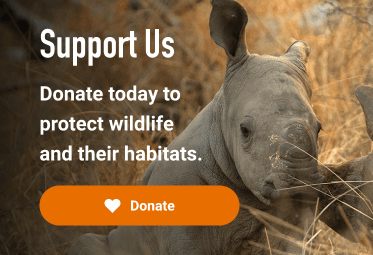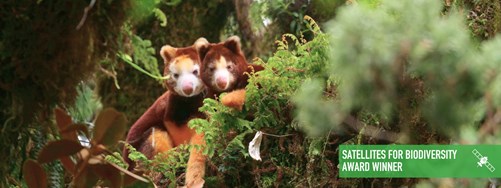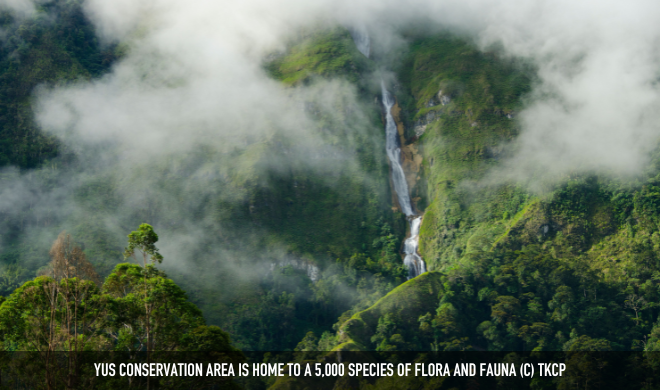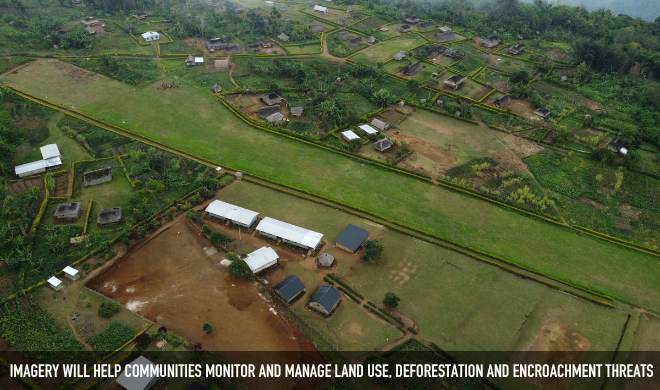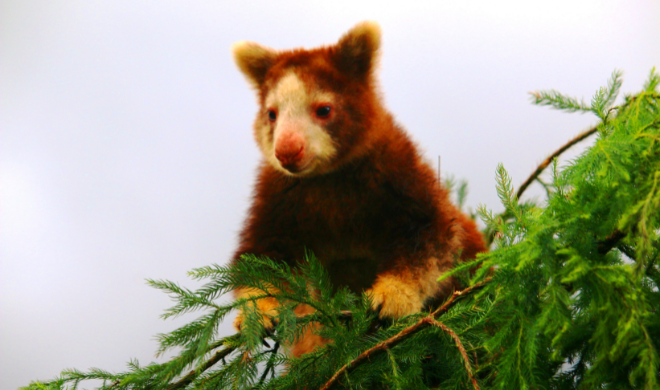Informing community-led management actions
Partners: Tree Kangaroo Conservation Program and Airbus Foundation
Key Species: Matschie's tree kangaroo, Eastern long-beaked echidna, Pesquet's parrot, dwarf cassowary, New Guinea Harpy eagle, plush coated ringtail possum, bandicoot
2023 Award Winner
The lush and rugged landscape of Papua New Guinea is home to the endangered Matschie's tree kangaroo and the Eastern long-beaked echidna. With their populations dwindling due to habitat encroachment and illegal activities, these rare creatures desperately need our help. But monitoring their expansive habitat has been an uphill battle. Rangers can only patrol certain areas on foot and existing satellite imagery is too low-resolution to meet the requirements of the community programmes.
Enter the Tree Kangaroo Conservation Program (TKCP), on a mission to turn the tide in favour of these fascinating animals. By integrating community monitoring with drones and new satellite imagery, TKCP aims to provide critical data to inform community-led management actions, addressing conservation threats head-on in the YUS Conservation Area.
The 1,227 km2 imagery, donated by the Airbus Foundation, will help monitor land use, deforestation and encroachment threats, providing valuable information to local communities, landowners and other stakeholders.
Our GIS and Data Science specialist is supporting this project by integrating data from these land-use monitors with satellite data. This data will give them a holistic understanding of what is happening across the landscape, enabling local communities to integrate local knowledge and make shared decisions on environmental issues, natural resources and sustainable land use across the mighty 162,683-hectare landscape.
Empowering local communities with data-collection and insights
In addition, this project will bolster the efforts of the YUS Conservation Area Rangers by providing them with mapping technology and training. The use of satellite technology will be complemented by engaging local communities in nature conservation, thereby facilitating the collection of valuable field data to verify the satellite information. Members of the community will be responsible for patrolling the area and gathering on-the-ground data, which will then be superimposed onto the satellite imagery to pinpoint areas of focus. They will also work closely with local landowners to record observations, activities and potential threats within designated zones, thereby enabling a more comprehensive and accurate understanding of the conservation needs of the region.
A brighter future for the YUS Conservation Areas
Ultimately, the project hopes to support the YUS Conservation Area's long-term goals by preventing selective harvesting of timber and forest products, maintaining wildlife corridors and enhancing reforestation and revegetation in target zones. The success of this project will ensure that the YUS Conservation Area's rich biodiversity, including the tree kangaroos, echidna and an estimated 5,000 species of flora and fauna will continue to thrive in one of the most botanically rich areas of the world.


